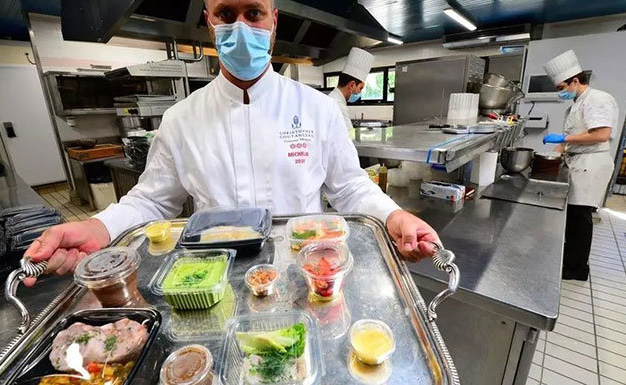We previously touched on the issue of the challenge that has been for small and medium-sized companies to face this health crisis and the importance of resilience to adequately address this adversity, now I would like to support your business by presenting a simple recipe to be able to reactivate and market your products or services in an environment where few are interested in buying from you.
Although with a new normality and with many safety and hygiene measures, most businesses have fully or partially returned to their “usual” activity and little by little have been seeking to reactivate their numbers, so the recipe says that it is time to we shake off our worries a little, to adapt to new habits and to face this new reality.
The recipe then ready below includes several points that do not necessarily go in a predetermined order:
1.- Customer behavior: If your business is adapting to this new reality, it is because your customer is doing it too, so you must understand it and generate empathy with their new motivations and needs.
2.- Reinvent products and/or services: Your business must have the capacity to adapt products and services to what your client demands, and that the perception of value is high and preferably differentiated. This will allow you to compete and ensure that your client can pay for what you sell and that you can maintain without eroding – at least temporarily – that competitive advantage.
3.- Train and empower your staff: Your collaborators must also evolve as your business model, you must first make sure you have the right staff that allows you to support you in the management of your new initiatives, you must train them so that they can take the better decisions and that share the same sense of urgency and speed of response that your business requires.
4.- Liquidity: Regardless of the line of your business, you must seek an immediate plan to generate liquidity in the short term. For this, the first thing is to define your commercial strategy to know what and which products and services you are going to market, giving special emphasis to those that, in addition to being differentiated, have a good turnover. Subsequently, you must carefully define your strategy of forecasts and expenses, always giving priority to the strictly essential.
5.- Process automation: The best way to optimize your costs without “cutting” them is by making your internal work processes efficient. This requires detecting those processes that are consuming too much time and resources and rethinking and simplifying them to a much more productive scheme and documenting them with this new approach and implementing them immediately.
In order to carry out this recipe, it is necessary that you take into account the adoption of new technologies such as remote work (Zoom), management through the cloud, enterprise resource planning (ERP) systems and e-commerce , thereby seeking to stay competitive, increasing your productivity and becoming much more efficient to guarantee a successful reactivation of your business.
Eng. Hector Sotomayor, M.A. advisor specialized in investment and advertising projects, as well as a professor at the Tec de Monterrey in the Department of Engineering and Sciences. Email: hsotomayor@digitocreativo.com.mx

